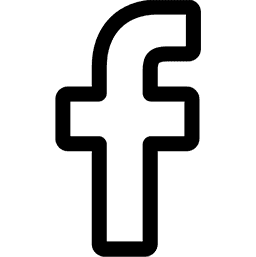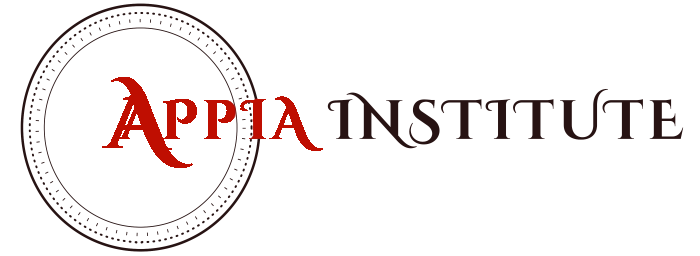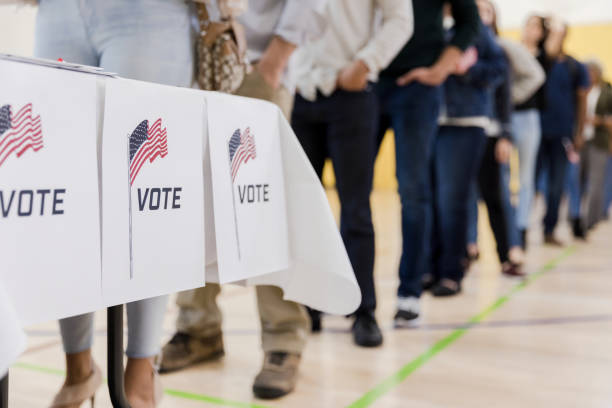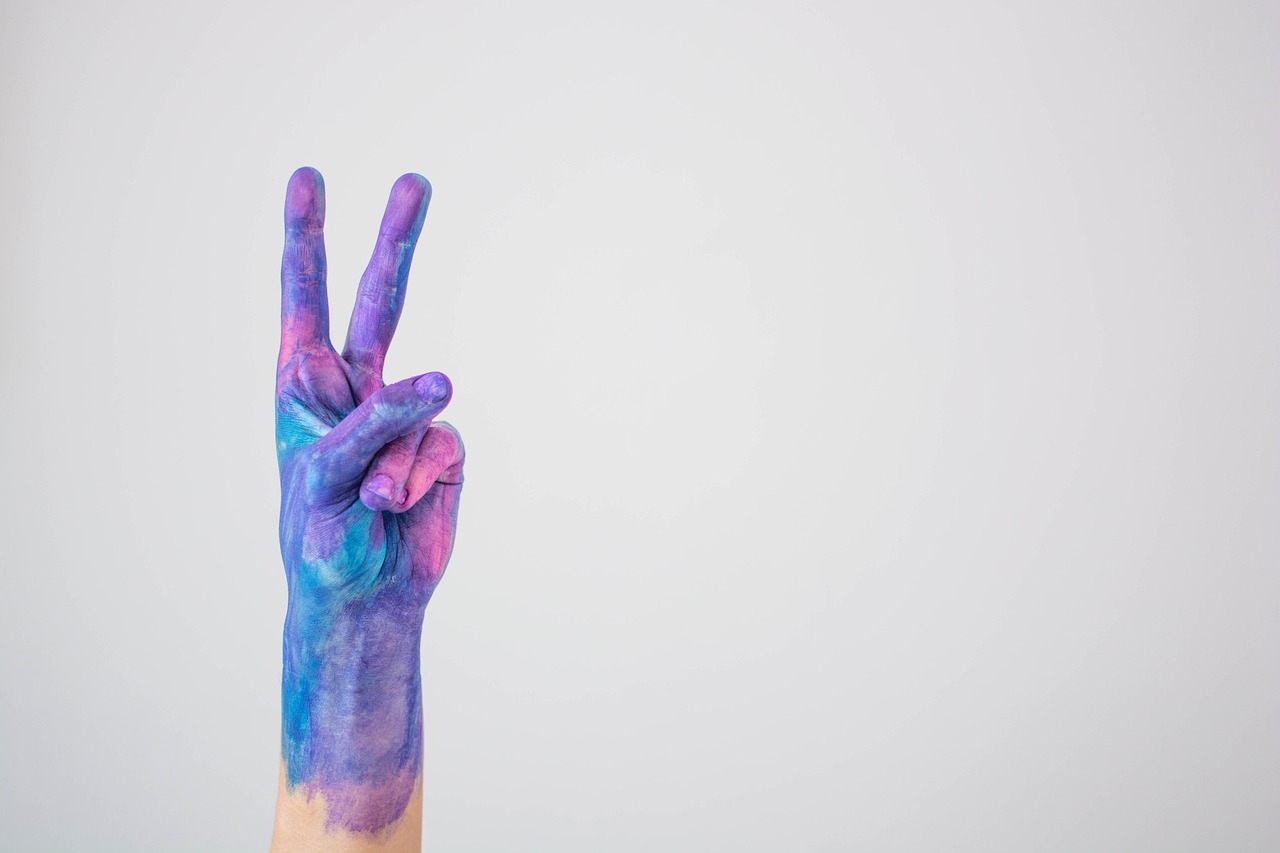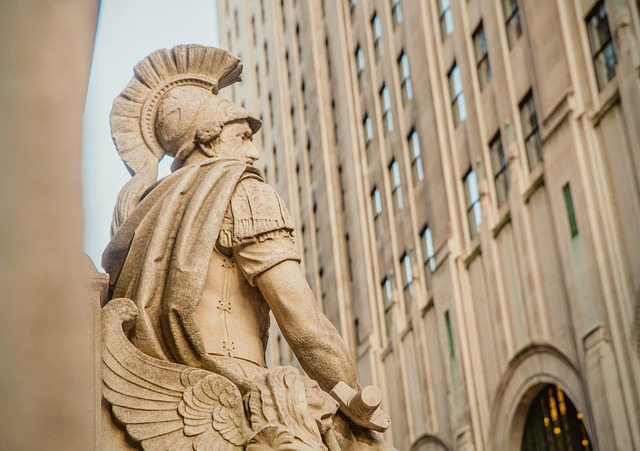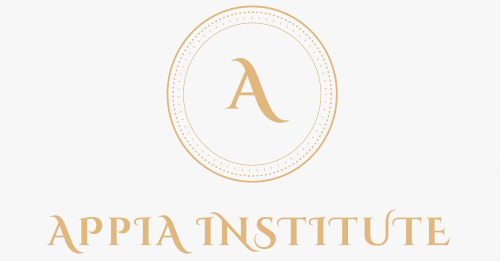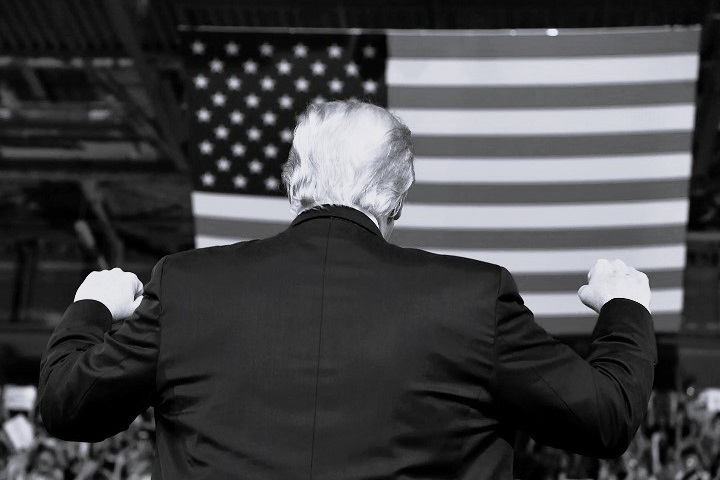
Flashback. San Diego, California, November 2024—a couple of weeks after the US presidential election won by Trump. At a panel of the American Academy of Religion Meeting, dedicated to evangelicals and politics, a speaker sarcastically remarks, “These are still people who believe that gender is only binary.” This elicits subdued approval and smirks across the faces of many attendees—faces of those who lost the election, faces of those who still believe they can monopolize the Nation’s culture.
Flashback. New York, May 2012. Sitting on a sidewalk in Soho, New York, next to me is a large scaffolding for construction work where workers are on break. A gay couple passes by holding hands—the workers watch them with silent derision. As soon as the couple turns the corner, they start making homophobic jokes, taking jabs at President Obama, and calling for a strongman to realign the country’s destiny—a country where the elites have imposed a “black man” as “Commander in Chief.”
At that moment, I saw the impotence of the law. I understood the folly of a liberal project that avoided tackling the challenging path of implementing complex and long cultural processes and social agreements to accompany the advanced outcomes of jurisprudence.
Flashback. Milwaukee, a classroom at the University of Wisconsin, November 2006. After a seminar on Petrarch and the culture of humanism, some colleagues invite me to chat. Americans have a keen sense of sniffing out people’s political leanings—they knew I would have voted for the Democrats if I could vote in the US, and I was one of them. Eventually, the conversation turns to the Supreme Court’s “Roe vs. Wade” decision, which recognized women’s abortion rights.
It was one of my first experiences with American liberal intransigence, in front of a decision my colleagues considered eternal. Everything was reduced to being “pro or against” the decision; after that, there was no room for reasoning, discussion, or dialogue on the topic of abortion—and especially on the statistical data related to it.
These small episodes of American life may reveal some of the reasons that led to Donald Trump’s double presidency—making Joseph Biden’s tenure nothing more than a brief episode (apparently fortunate for the new administration, which seems to use him as a scapegoat for everything that goes wrong).
The End of the Kennedys’ America
One of Trump’s initial choices, through his operative arm Elon Musk, was the closure of USAID—the federal agency overseeing the funding of US development programs and humanitarian interventions worldwide. Secretary of State Mark Rubio was tasked with managing the transition. Many failed to notice it represents a return to the past.
USAID was created by President J.F. Kennedy to somewhat separate the global participation in US development programs from the federal government, particularly the State Department. This created the effect of distinguishing between America’s direct foreign policy interests and its humanitarian contributions to the world’s poorest countries. It did not take away from the fact USAID was used for non-military propagation and realization of American cultural hegemony over the past sixty years, as well as, possibly, for intelligence and espionage operations abroad.
Today, what remains of America’s humanitarian and development contributions in the world explicitly follows government interests in foreign policy. While the majority of programs and contracts related to USAID have been canceled, the remaining investments (around 60% of the budget) will now be verified and managed by Rubio’s State Department. The sector most affected by cuts involves the African continent, leaving it practically in the hands of the Chinese. The situation differs in Asian countries, where most of the remaining funds and projects are directed.
Thus, while the Trump administration has hit the Asian area hard with first imposed and then temporarily suspended tariffs, it still maintains geopolitical attention there. The problem of unpredictability, and hence unreliability, of Trump’s policies in this crucial 21st-century area can lead to two opposing dynamics. The first may involve increased competition among Asian nations, once tempered by a common alliance (excluding China) with the United States, potentially pushing South Korea to revisit its atomic program with military intent. The second could push Asian countries, no longer able to rely on Washington’s coverage, to intensify economic, defense, and market relations. In this second evantuality, with a dual possible outcome: either protecting against Chinese interference in Asia or creating strategic contact channels with China itself.
There is also a second radical break from the America envisioned by the Kennedy brothers, seen in the aggressive dismantling of federal support for all programs now falling under the “DEI” acronym (diversity, equity, and inclusion). The history encompassed currently in it spans over a century, tracing back to the years following the 19th-century Civil War.
But it was under Kennedy’s presidency, with brother Robert leading the Justice Department, that a political and legal framework called “affirmative action” emerged. Affirmative action was aimed at implementing non-discriminatory practices within companies providing goods and services to the Washington government. Three years later, in 1964, the Civil Rights Act was signed, legislatively closing the long era of American apartheid.
International attention has focused especially on the participation of transgender athletes in female competitions at schools and the exclusion of transgender soldiers or those recruited under directives concerning diversity, equity, and inclusion—eliciting worried and opposing reactions from many former military personnel.
Trump’s disdain for anything related to “DEI” programs, particularly in the military, has created a condition much like the Index’s (of forbidden books) during the Vatican Inquisition. He has instructed Defense Secretary Pete Hegseth to remove all books from military academy libraries that so much as mention issues relating to “DEI”
His disdain seemingly ties to a distinctly machismo (Midwestern-type) vision Trump holds for the American armed forces—and perhaps not just them. In fact, numerous women in leadership positions at the Pentagon and in the field have been removed under various pretexts.
The legal strategy used by the Trump administration to justify dismantling everything built around “DEI” practices reveals the actual obstacle to making America great again. It’s argued that anything invoking “DEI,” and consequently Kennedy-esque affirmative action, is eo ipso discriminatory—particularly against white (male) citizens. These are the true victims of the last sixty years of American history—sacrificed by those justice priests, the Kennedy brothers.
If Hispanics, whether they’re legally present or not, can be mass deported (without due process even when constitutionally required), African Americans, women, homosexuals, and transgender people (as real individuals, not as ideological categories they have been reduced to by certain liberal ideologies), are now being relegated to ungrateful person status. They are in a sort of political internment preventing them from entering the public stage with appropriate legal and social protections.
Behind Trump’s seemingly appealing crusade against new individual rights lies the true enemy the administration apparently seeks to eradicate once and for all: the civil and social rights that the American Nation, after a long and painful journey, had recognized as integral and irreplaceable.
Trump’s dream, behind all this, is to create a test-tube new native American: white, rich, successful, Christian—obedient to their creator, to whom they owe everything as he brought them to the Promised Land long awaited by foolish preceding generations.
With some cynicism, Trump definitively closed the door on the America the Kennedy brothers achieved, by recruiting Robert F. Kennedy, son of Bob and nephew of John, into his cabinet, appointing him as Secretary of Health and Human Services Department.
The Executive Power of the President
The breadth and discretion of the power granted to the US President are rooted both in the constitutional text and how it has been historically interpreted. Acknowledging that the line between discretion (democratic) and arbitrariness (regal) can become intangible, the American system has sought to provide structures of balance and oversight of presidential executive power.
The elitist role of Congress’s two chambers, distinct from the American public’s common sense (deemed unreliable and even dangerous by the founding fathers for sustaining the US democratic experiment), is supposed to be the fulcrum of a dialectical, not supine, interaction with presidential power. Especially considering the “strange” independence of a judicial power where, at the federal level, appointments are presidential endeavors—all the way to the Supreme Court’s sanctum sanctorum.
When a perfect alignment occurs between the Presidency, Congress, and the Supreme Court due to political circumstances and governance strategy, the check and balance mechanism may falter—or be led to dissolve in a devout observance of presidential will.
This second scenario seems to cast long and threatening shadows over American democracy today. Trump’s imperialism has blurred distinctions between his power and congressional Republicans’ legislative power. This implodes the bipartisan concertation policy that functioned as Congress’s procedural balance towards the federal government.
The subservience of Republican members of the House of Representatives was evident during numerous Town Hall Meetings where they faced “popular and traditional” Republican voters. Faced with complaints and criticisms, which in other situations would be recognized as a clear vote of no confidence ahead of mid-term elections, Republican politicians remained steadfastly devoted to the President: to his will, choices, and lack of feasible arguments for a large section of the voters they represent. Republican representatives in the House appeared unconcerned about reelection, believing it not threatened by popular will—solely presidential will.
The US is no longer the old functioning democracy it used to be, as the democratic elite in Washington thinks. It has transformed into a some kind of dystopian democracy—still within the framework drawn by the Constitution. As if the Constitution itself contained, from the beginning, its distortion. Or rather, as if the historical developments in American democracy, and legal interpretations of the constitutional text, were themselves a path of distortion and departure from foundational ideals. This is Trump’s originalism claim, his “again” for a great America.
This constitutional ambiguity frames the current President’s unrestrained use of executive power. Through an executive order frenzy and with scrambled geopolitical decisions, Trump has created a true “state of exception”—proclaiming the United States a Nation under siege by a conspiracy of adversarial powers. Undocumented immigrants, alleged gang members threatening American order, global trade, Canada and Mexico, NATO and the European Union, even China, are not political, strategic, or military concerns for the administration, but mere instruments Trump uses for domestic political reasons—to create a state of exception matching his executive will to power.
Who Judges the Law?
The current Supreme Court has been instrumental in fostering the sense of supremacy characteristic of Trump’s second administration towards judicial power. Its July 1, 2024 ruling effectively granted near-total presidential immunity. Initially, this ruling was aimed at closing various legal proceedings against the then-former President (especially his actions during Washington’s Capitol storming on January 6, 2021), but it has effectively exempted the President from any legal accountability.
Trump’s entrepreneurial impatience with judges found leverage to assert supremacy over the judiciary—which questioned the legality or constitutionality of several executive decrees from the outset. Beyond individual cases, the current administration has profoundly questioned federal judges’ right to intervene concerning presidential power. Press Secretary Karoline Leavitt roughly explained President Trump’s legal supremacy logic—asserting immunity against any judicial intervention—before the American public: For whom do federal judges work? The Department of Justice. Who heads the Department of Justice? Attorney General Pam Bondi. Implied is judicial subordination to presidential executive power.
Rather than pursuing various levels of federal court judgments, Trump’s administration has opted for urgent Supreme Court appeals—accumulating in months the median number of similar appeals handled by other US administrations over four-year terms. This approach risks compromising the Court’s function, as traditionally, in such cases, it does not produce a comprehensive ruling supporting solid jurisprudence but issues temporary resolutions only. However, this does not prevent the Supreme Court from offering clear procedural guidelines even if it partially acknowledges government appeals—as seen with Kilmar Alberigo Garcia’s deportation to a Salvadoran maximum-security prison due to an “administrative error.” The Court unanimously upheld a federal judge’s decision demanding effective government repatriation measures, acknowledging as well that the judge may have exceeded their authority’s scope.
Seemingly a Solomonic opinion, it seeks to preserve the deported person’s violated rights while circumscribing federal judges’ scope of action on administrative decisions. But it is this precise point that calls to exit the conditional tense to clarify the Supreme Court’s view on balancing executive and judicial powers.
This dual-face solution is shrouded by part of the Court’s embarrassment and sometimes irritation toward the administration’s and Republicans’ aggressive practices against the judiciary sector. On a day when Trump explicitly demanded impeachment for a federal judge guilty of temporarily halting deportations of Venezuelans allegedly belonging to criminal gangs to El Salvador, Chief Justice John Roberts unusually issued a brief written statement: “For over two centuries, it has been established that impeachment is not a suitable response for disagreeing with a judicial decision. The standard appeal process for review exists precisely for this reason.”
Despite most Supreme Court justices being sympathetic toward Trump, not least for granting him almost complete immunity, it does not mean they are willing to relinquish their power to become a mere legal secretariat endorsing the President’s will. Roberts’s statement seems aimed at safeguarding Supreme Court’s legal privilege, rather than yielding full judicial power to the executive. The fact remains that invoking legal tradition, as Roberts does, can only be effective within a functioning democracy but risks becoming a pipe dream under the dystopian regime currently prevalent in the United States.
Education and Knowledge Under Siege
In accordance with the Project 2025 Presidential Transition Project by the Heritage Foundation, Education Secretary Linda McMahon was tasked with dismantling the Department of Education (its formal closure would require Congressional passage, which might not secure necessary majority). All education competence, including financial, will transfer to individual states, which are nearly all in deficit, lacking resources to sustain all current educational services.
This measure particularly affects all Americans who cannot afford private schooling for their children—especially affecting African Americans and Hispanics. Immediate consequences include school closures, especially in poorer or rural areas; larger class sizes where adequate pedagogical mediation and real human development for students become practically unfeasible; significant reductions in teaching staff; closure of non-academic programs and activities offered by schools—and much more.
This intervention also directly impacts universities, questioning and leaving discretion concerning federal loans for university tuition and scholarships offered to public and private universities.
The Trump administration has also adopted a targeted strategy against some prominent universities (including Columbia, Princeton, Cornell, Penn State, and most recently Harvard)—blocking billions of dollars in federal research funding and threatening permanent cuts if the universities affected do not fully comply with the mandate to reactivate funding.
Trump is essentially a businessperson led solely by profit logic, and it is this logic that convinced him to intervene coercively with major law firms pursuing lawsuits against him in the years between presidencies, and against universities. This strategy proved completely successful with law firms, reaching out-of-court settlements to avoid financial ruin. The same occurred with universities until Harvard decided to reject the basic negotiation text received from the Trump administration.
The immediate pretext for federal interference with academic freedom and research at university level was poor handling of pro-Palestinian (and anti-Israel) demonstrations in American campuses following the Gaza War outbreak—with antisemitic acts and attacks on Jewish students. But indeed, this is a pretext to effectively assume control and governance of the targeted universities under the Trump administration.
In communicating the refusal to submit to the administration’s will, Harvard University President Alan Garber wrote: “I invite you to read the administration’s letter to gain a fuller understanding of the unprecedented demands by the federal governmen to control the Harvard community. They include requirements to ‘audit’ the viewpoints of our student body, faculty, staff and to ‘reduce the power’ of certain students, faculty, and administrators targeted because of their ideological views. We have informed the administration through legal counsel that we will not accept their proposed agreement. The University will not surrender its independence or relinquish its constitutional rights (…). No government—regardless of which party is in power—should dictate what a private university can teach, whom they can admit and hire, and which areas of study and inquiry they can pursue.”
The Trump administration has also demanded Harvard hand over all student admission (American and foreign) and faculty selection documentation from 2025. Immediately report to the federal government and authorities all student data violating the conduct code. Suspend all programs, teachings, and research activities related to diversity, equity, and inclusion—among other similar demands. Thus, to quote Garber, “most of the requests represent a direct governmental regulation of the ‘intellectual conditions’ at Harvard.”
What Remains?
At the moment, a few isolated resistance cells—like Harvard’s stance compared to other Ivy League universities’ concessions. Perhaps the (contested) desire not to go down in history as those who relinquished supreme power by the US Constitutional Court. The discontent and anger of many Republican voters, which seems unfazed ineffective to concern their congressional representatives. The business and financial world, but only when hit in their wallets.
Sanders and Ocasio Cortez’s attempt to save the Democratic Party from itself and its procedural impotence by reconnecting with people’s actual lived experience (something Democrats neglected for decades)—which already has contours of a cross-civilian movement for all Americans’ well-being, not just a few.
Perhaps too little in the face of what has already happened. By upending the global order, Trump has shown that the 20th century was neither “the end of history” nor “a short century,” but an incredibly long one that only ended now at his hand.
Too little to face the evidence that you cannot construct a new world order with the instincts of a New York real estate developer.
The international public opinion, governments and states, global institutions, have focused on Trump’s policy’s external repercussions—and this is understandable. But we must understand what is happening inside America to navigate the now stormy waters of international relations. It is the Trump who seeks neither trust nor allies that must be taken seriously.
The state of exception tailored for him and by him allows Trump to imagine himself as the last President of the United States—perhaps a starting point to exit a course that has brought us to the edge of a whirlpool ready to swallow the world as we have known it until now.


